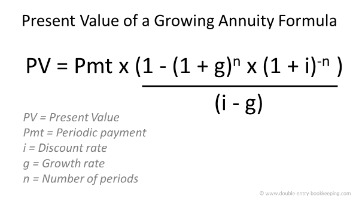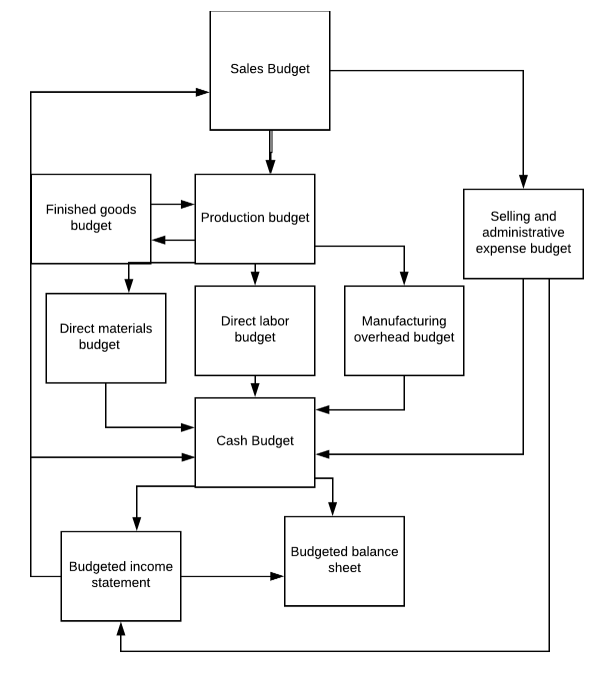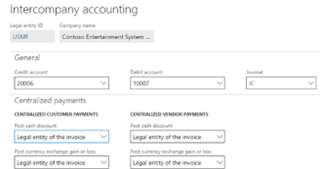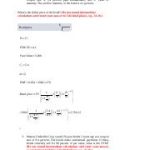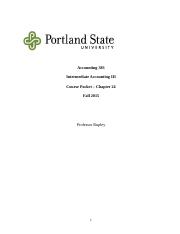
You may also be tempted to manage your own books to keep costs down but, without any accounting experience, it’s easy to make a potentially costly mistake. Having a skilled eye on your finances at all times will give you peace of mind, as well as the ability to make well-informed financial decisions. Like with a controller, whether or not you’ll need a full accounting service depends on the size of your business. When you decide that outsourcing is the right choice for your company, it’s time to find the provider that meets your finance and accounting needs.

Outsourced accounting: benefits, types, and getting started
To learn more about how we can help, speak to one of our friendly experts today — or check out our in-depth payroll processing guide. To make the best possible financial decisions, it’s important to fully understand your company’s financial position and analyze potential outcomes. As you grow, having a professional, outsourced accountant on your side gives you the advantage of proactivity rather than reactivity. Trained accountants can spot red flags ahead of time and notify you about things like cash flow discrepancies. External accounting companies will have the most updated knowledge of security procedures and data protection standards.
Benefits of Outsourced Accounting Services
- But Merritt Bookkeeping’s most stand-out feature might be its in-depth financial reports.
- As you grow, having a professional, outsourced accountant on your side gives you the advantage of proactivity rather than reactivity.
- Outsourcing these tasks to professionals allows you to better manage your cash flow, maintain healthy relationships with your suppliers, and more accurately gauge profitability.
- Like with a controller, whether or not you’ll need a full accounting service depends on the size of your business.
However, this can be mitigated significantly by choosing the right accounting partner and building a positive relationship. You must also manage the relevant tax obligations for your employees and (in some cases) independent contractors. Again, Remote can help ensure that you are withholding (and contributing) the right amounts of tax for your employees, regardless of where they are based. We can also help ensure that you are filing the right tax paperwork, including contractor paperwork. Payroll management is all about making sure your employees are paid accurately and on time for their work.
Outsource your payroll management with Remote
Outsourcing your bookkeeping to an accounting firm ensures that your business’s financial data is organized according to best practices. Outsourced accounting firms 7 reasons the irs will audit you tend to use cloud-based bookkeeping technologies that provide business owners with a real-time overview of their business’s financial position. To make important business decisions, leaders need access to timely, precise financial data. An outsourced accounting firm provides exactly that with real-time financial dashboards, monthly reports, support with long-term financial planning, and more. If you’re big enough that you’re considering a controller but not big enough to need one full-time, an outsourced controller might be the right move. The outsourced finance and accounting industry continues to demonstrate its value to companies of all types and sizes, which is why it has begun to secure their trust.
Rather than keeping an in-house accounting department on staff, consider utilising one of the FreshBooks plans available to you. There are a wide variety of accounting services, bookkeeping services, and plans to choose from, so you can customise your company’s accounting plan in a way that will suit your needs. Learn more about Freshbooks accounting services and start your free trial today. The virtual bookkeeping providers above might be our favorite—but if they don’t quite fit your needs, we understand completely. To learn more about LBMC’s outsourced accounting services, contact an advisor today. At LBMC, we’re proud to provide outsourced bookkeeping, controller, and CFO services to businesses in Tennessee, Kentucky, Indiana and beyond.
You should evaluate their experience, expertise within your industry, feedback from other clients, data security measures, and the overall financial implications of outsourcing your accounting tasks. By adopting a strategic approach to outsourced accounting, businesses can gain a competitive edge and position themselves for sustainable growth in the ever-changing landscape of today’s business world. If you are running a business and want to expand or just find a more efficient and more effective way to run your company, there are many benefits of outsourcing accounting services to consider. Not only can they help you be legally compliant, but outsourced accounting services and bookkeeping services can also help you grow your business, achieve your goals, and set you up for long-term success. Are you looking for complete financial service outsourcing, or do you need to outsource specific tasks?
At Business.org, our current ratio definition research is meant to offer general product and service recommendations. We don’t guarantee that our suggestions will work best for each individual or business, so consider your unique needs when choosing products and services. Typically, you’d only get detailed financial statements like this through a CFO — which means Merritt gives you some of the best aspects of having a CFO without the high cost. You know, those times of the year when coffee becomes your best friend and the office practically turns..
A company’s culture is inextricably connected with its financial success and its perceived value in the world, and your financial service provider needs to understand that. The roles you can outsource include tax accounting, bookkeeping, management accounting, payroll processing, financial data analytics, and Chief Financial Officer (CFO) for financial leadership services. Companies that don’t adopt the automation trend may encounter miscommunication, disorganization, slow processes, and increased staff involvement that could lead to burnout. Ultimately, all this may veer you away from your core function and lead to increased operational costs. Machine knowing your debits from your credits learning and artificial intelligence are also important trends in finance and accounting. AI, for example, can help companies efficiently compile big data, identify potential market threats, and offer insights to improve their performance.
Also, pay attention to businesses with the same financial service needs or those in industries similar to yours. Read what their past clients have to say about the finance provider’s quality of work, performance, and employees, and use those impressions to narrow down your choices to 2-3 companies. First of all, building and managing in-house finance and accounting departments can be costly. From the hiring, onboarding, and training costs to salary and benefits to office space and equipment, you will have to spend thousands of dollars to handle your financial and accounting needs.
If you want to keep this part of your business closer to home, check for local AR/AP services in your area. Outsourcing your accounts receivable and accounts payable means never having to pay or chase down bills again—the stuff every small business owner dreams of. These figures should serve as a rough guideline to estimate the range of your budget for outsourced finance services. Quality of work and quality of team members are both equally critical for those considering outsourcing their financial department.


